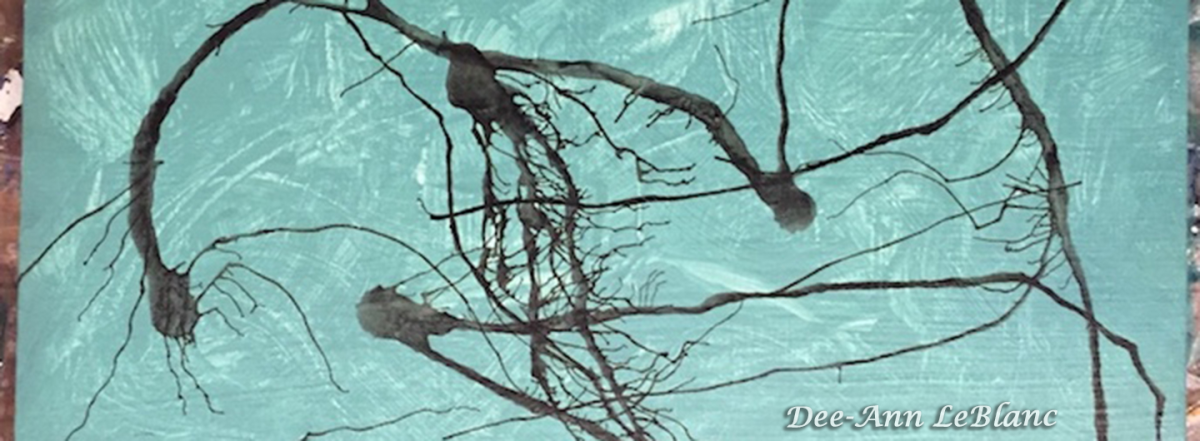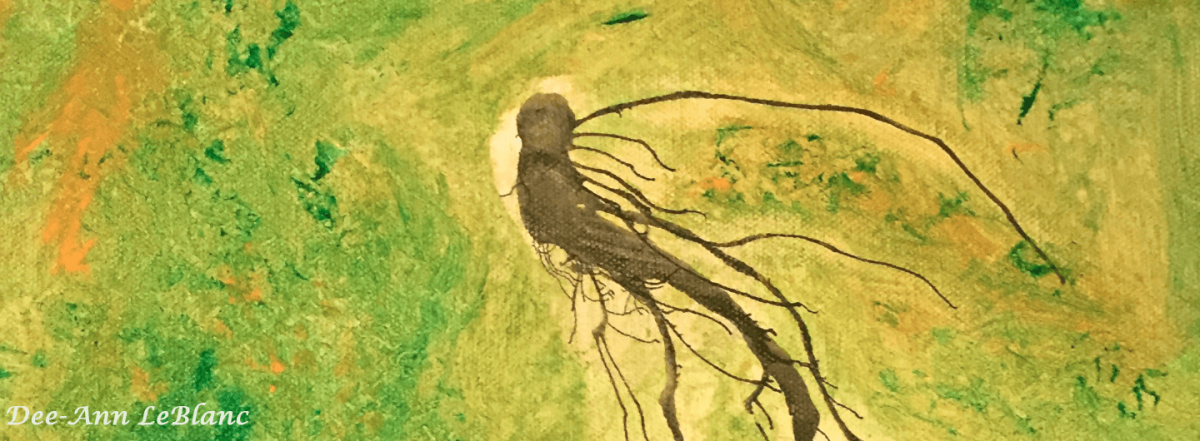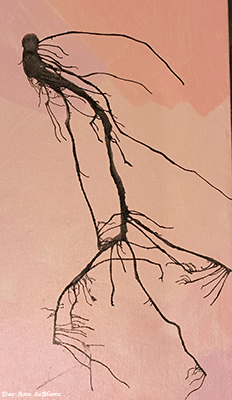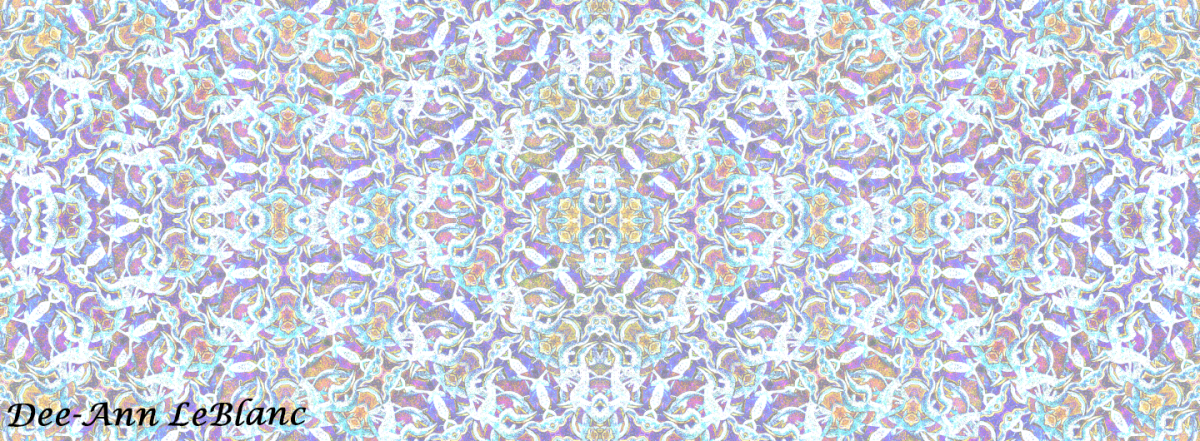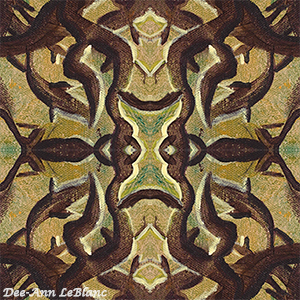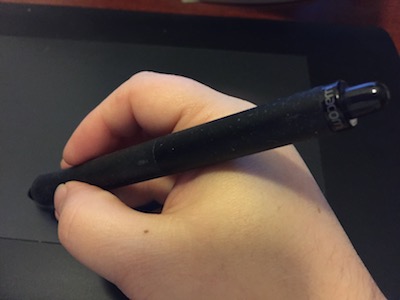As I mention in the site’s subhead, and in my Artist’s Statement, I absolutely love story. When I read, or watch TV, movies, and live performances, I tend to become completely immersed. When I can’t sleep, I keep my thoughts from spinning around in an anxious cyclone by telling myself stories. I’ve written countless novels, novellas, and shorts, though most have never seen the light of day outside of friends or critique groups. I’ve read and watched countless more.
I’m also a visual person. I see images in clouds, trees, splotches of ink, and most other places. In my technology writing career, when describing complex or difficult concepts, I provided details for illustrations I felt would better get across the material than words alone. When writing a fiction scene, I “see” what’s happening in my head.
It’s not surprising, then, that in my art I also find myself drawn to story. On one hand, I create comics, crafting stories to share with an audience. On the other hand, I create paintings, drawings, and 3D forms that suggest stories rather than explicitly telling them. Not only do stories allow me to express myself to the world, they also allow me to interact with and affect people in ways that it’s difficult to do otherwise. Stories offer not only escape, but also at times profound insights into the world and people around us, along with insights into ourselves.
Embarking on this stage of my art career feels like launching into an amazing adventure. I hope you’ll join me for a while. Maybe we can build a new chapter together.
